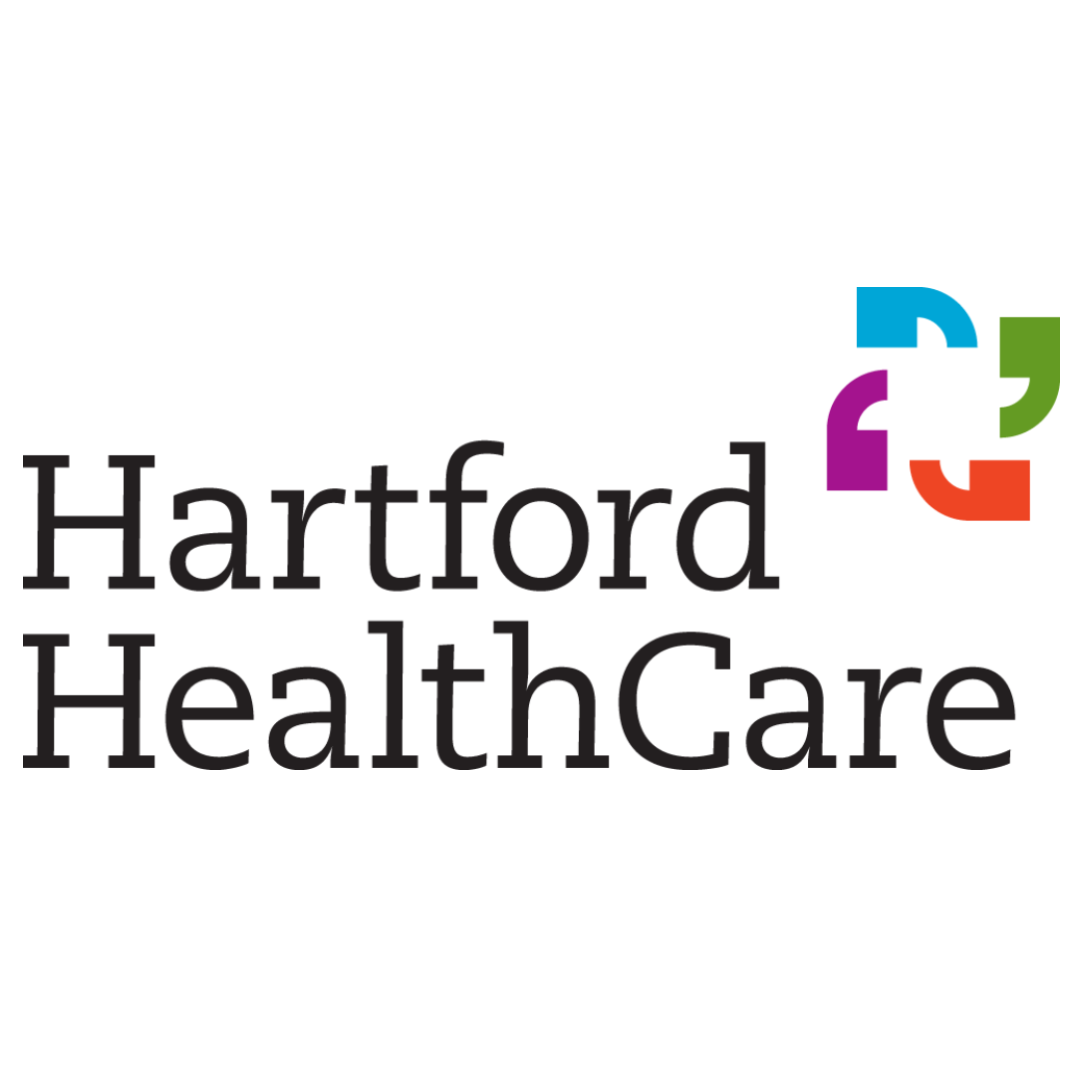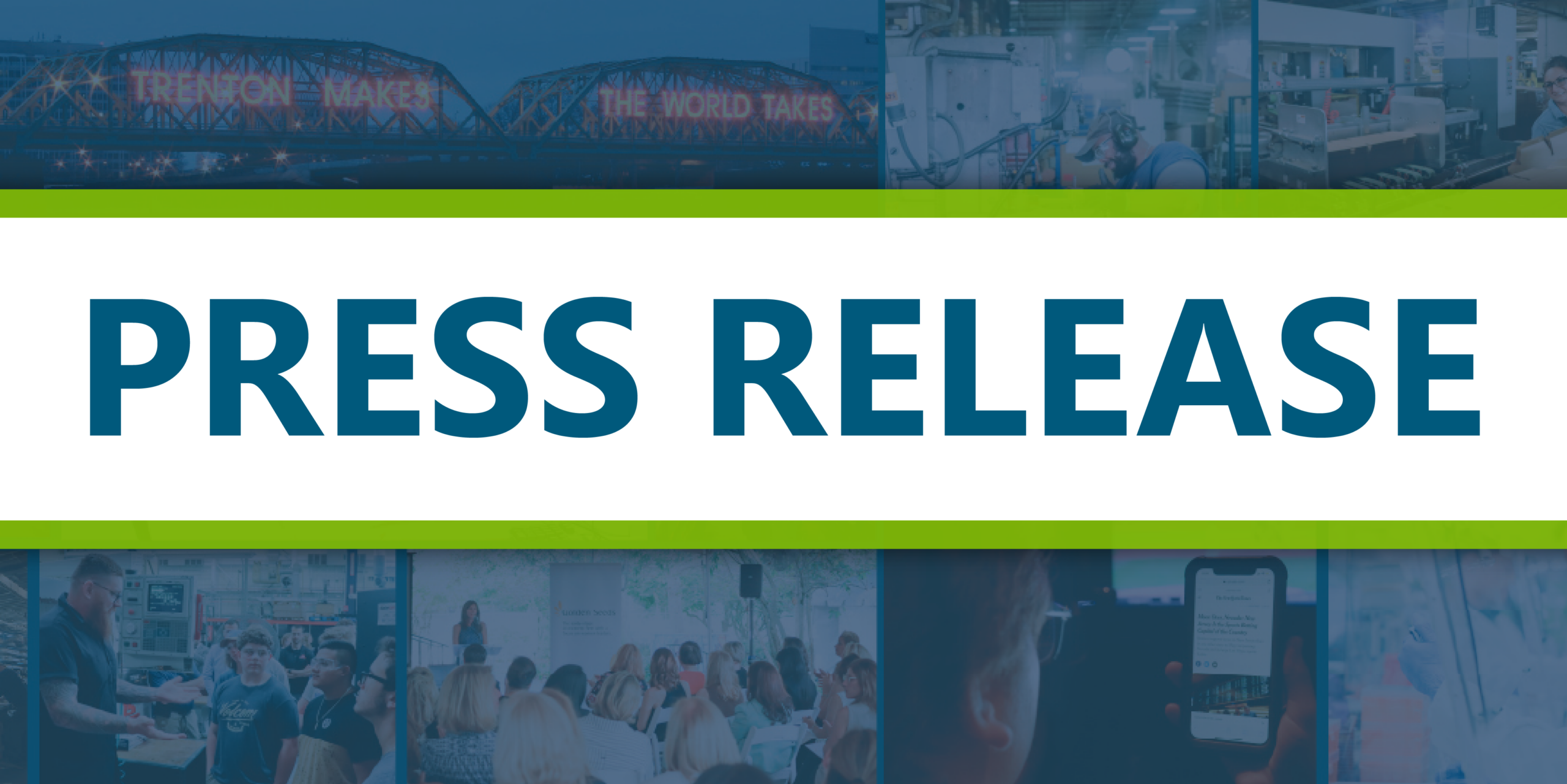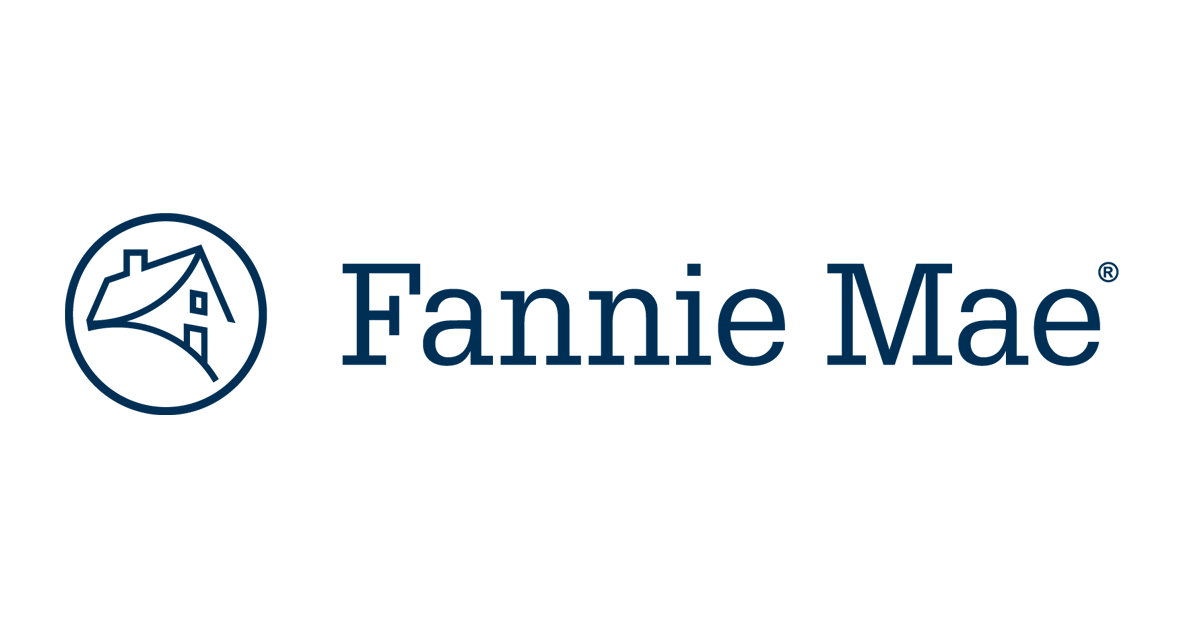Press Release
Governor Greg Abbott today announced that a Texas Semiconductor Innovation Fund (TSIF) grant of $3.5 million has been extended to Texas State Technical College (TSTC) for their Accelerated Semiconductor Technician Training Program (ASTTP) at the Williamson County Campus in Hutto.
“Texas maintains its investment in high-demand skills training to open the door for Texans to have better jobs and bigger paycheck opportunities,” said Governor Abbott. “With this TSIF grant, TSTC will transform existing instructional and lab space into a training facility focused on semiconductor and electromechanical workforce development. Working together with our higher education partners, we will ensure the technologies that power the future are made in Texas.”
The ASTTP program will deliver modular, accelerated curriculum to prepare technicians within 10 weeks for semiconductor fabrication jobs as equipment technicians, process technicians, and gas control system specialists. The program will include a wafer processing learning facility with a mock cleanroom replicating industry workflows.
“Texas is the epicenter of business prosperity in the U.S.,” said TSTC Chancellor and CEO Mike Reeser. “That is why we will surely lead the way as our country re-shores and builds up our manufacturing and semiconductor infrastructure again. Through this new funding vehicle, TSTC is proud to join with the Governor’s Office and other state leaders to keep Texas the place to do business in America.”
“This grant represents Texas’ continued commitment to building a first-rate workforce for a world-class economy,” said Senator Charles Schwertner. “By expanding access to semiconductor technician training, right here in Williamson County, we are preparing Texans to lead in the industries that define tomorrow.”
“In my first legislative session, I was proud to pass House Bill 2132, which established Texas State Technical College’s location in eastern Williamson County as a permanent, independent campus to meet the region’s growing workforce training needs,” said Representative Caroline Harris Davila. “This new Texas Semiconductor Innovation Fund grant builds on that foundation, helping expand TSTC’s Accelerated Semiconductor Technician Training Program and further strengthen our local workforce pipeline. I want to thank Governor Abbott for his continued commitment to investing in our students and ensuring Texas remains at the forefront of innovation. This investment will equip students with the advanced skills needed for a modern, high-tech workforce, create quality jobs for Texans, and support the semiconductor operations and chip production that drive our economy and are vital to our national security.”
View more information about Texas State Technical College.
Governor Abbott signed the Texas CHIPS Act into law in 2023 to establish the Texas Semiconductor Innovation Fund (TSIF), a grant program to encourage the continued leadership of Texas in semiconductor research, design, and manufacturing, as well as the Texas Semiconductor Innovation Consortium (TSIC). These programs, administered by the Texas CHIPS Office, a division within the Texas Economic Development & Tourism Office in the Office of the Governor, are designed to leverage Texas’ investments in the semiconductor industry, encourage semiconductor-related companies to expand in the state, further develop the expertise and capacity of Texas institutions of higher education, and maintain the state’s position as the nation’s leader in semiconductor manufacturing.






